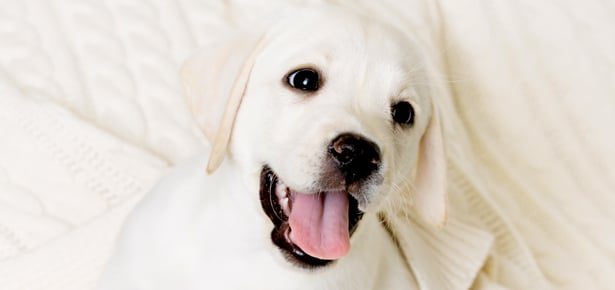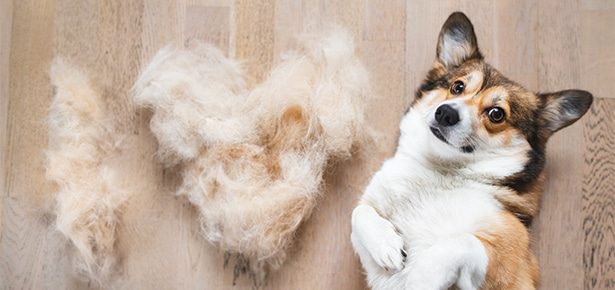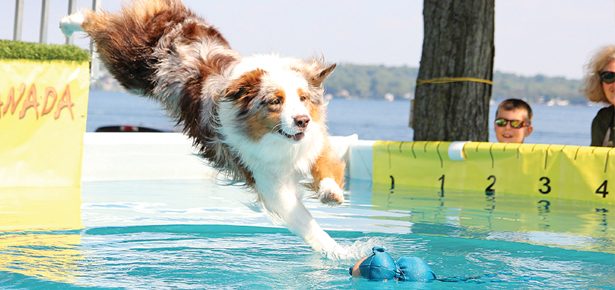

Proper Pet Hygiene
Poor hygiene in dogs can result in severe consequences if not addressed appropriately
Like humans, pets can experience skin conditions that may cause redness, itchiness, odor, and even wounds. Fortunately, many skin conditions can be prevented with routine bathing and grooming. Dr. Alison Diesel, clinical assistant professor at the Texas A&M College of Veterinary Medicine & Biomedical Sciences, explained the importance of pet hygiene for both dogs and cats.
On one hand, most cats do not usually require a bath to maintain a healthy skin and coat, Diesel said. However, she added that older or obese cats may benefit from bathing to help keep their coat and skin healthy. On the other hand, dogs require regular bathing and grooming with a frequency that depends on their skin and coat health.
“Dogs without dermatological abnormalities benefit from a bath a couple of times a year or when they get dirty,” Diesel said. “However, dogs with skin problems often require more frequent bathing and sometimes benefit from specific kinds or medicated shampoos. If your dog has a skin problem, you should discuss bathing recommendations with your veterinarian.”
Though your veterinarian can examine your pet’s skin during a routine check-up, sometimes skin abnormalities can develop between appointments. If you notice any abnormalities while bathing or grooming your pet, you should have your pet examined by a veterinarian. Some noticeable changes might be increased odor and dander and may result in discomfort or itching in the animal. In addition, animals with long hair coats are prone to matting. This can irritate the skin and result in wounds when removed or clipped out, Diesel said. Furthermore, pets with long hair coats are at higher risk for fly strike and acquisition of maggots hidden within the mats and under the hair coat. These creatures can further damage the skin, causing wounds, infections, sepsis and potentially death, Diesel explained. More severe or persistent skin conditions may benefit from examination by a boarded specialist in veterinary dermatology.
Another important part of proper pet hygiene is keeping your pet’s ears clean. Most pet owners regularly bathe their pet to maintain their coat, but clean ears are just as important and should be part of your pet’s normal hygiene routine. When cleaning your pet’s ears, Diesel recommended saturating a cotton ball with a veterinarian-approved ear cleanser.
“Gently place this in the dog or cat’s ear canal and massage to help deliver the solution along the length of the canal,” Diesel said. “An additional cotton ball can be used to wipe out excess fluid after the animal shakes their head. Q-tips should never be used to clean a dog or cat’s ears as this can lead to potential damage of the ear canal.”
Diesel added that ear problems often manifest with scratching or rubbing at the ears, redness, discharge, and a foul odor. Some animals, such as dogs that swim a lot, are more prone to ear problems than others and should be monitored more closely. Additionally, Diesel said pet owners should discuss recommendations for appropriate ear cleaning with their veterinarian.
Poor hygiene in dogs and cats can result in severe consequences if not addressed appropriately, Diesel said.
Though it may seem like Fido hates his routine bath, proper hygiene for both dogs and cats is necessary to keep your furry friend healthy. If you have any concerns about your pet’s grooming and bathing routine, consult your veterinarian.
Join the newsletter and never miss out on dog content again!
"*" indicates required fields
By clicking the arrow, you agree to our web Terms of Use and Privacy & Cookie Policy. Easy unsubscribe links are provided in every email.





